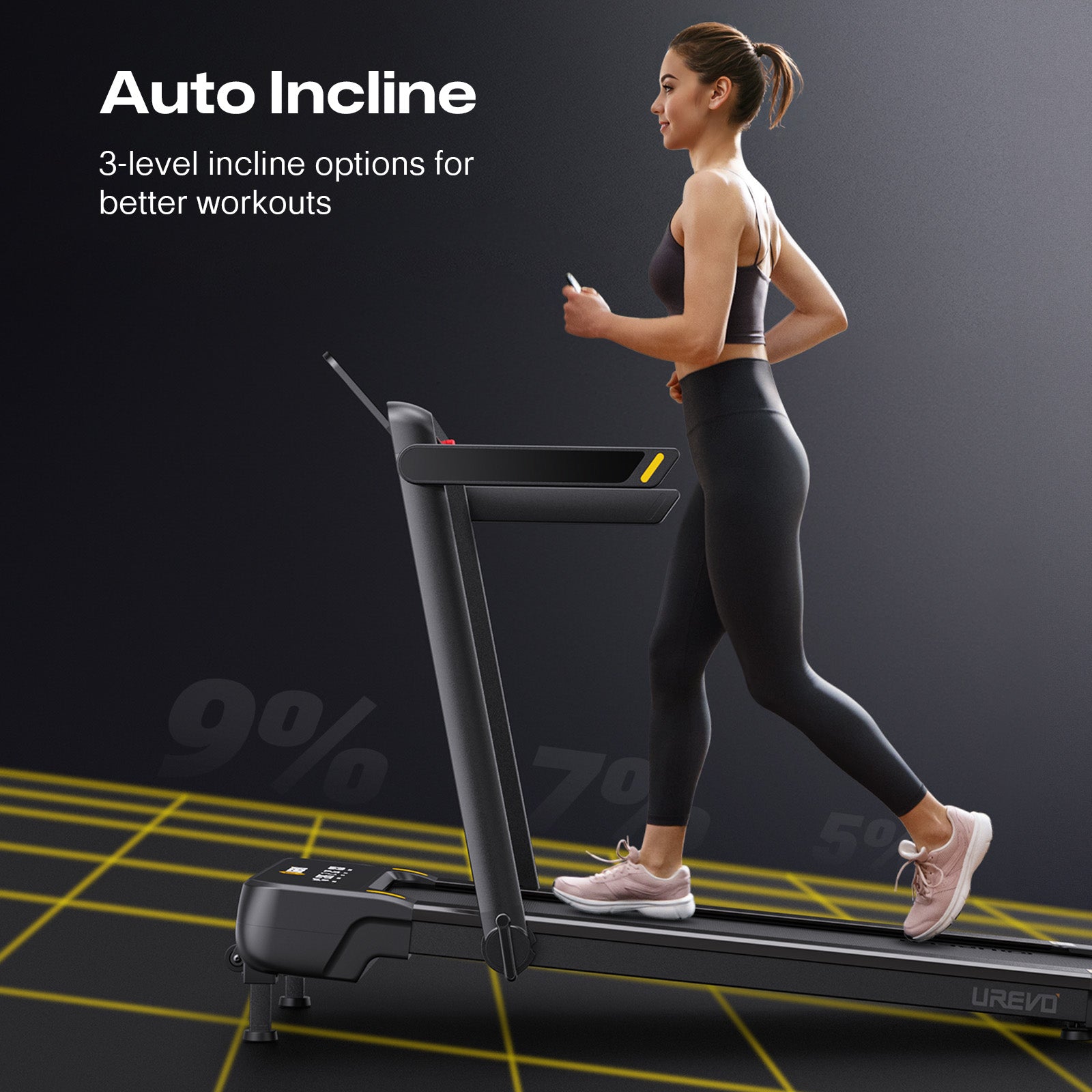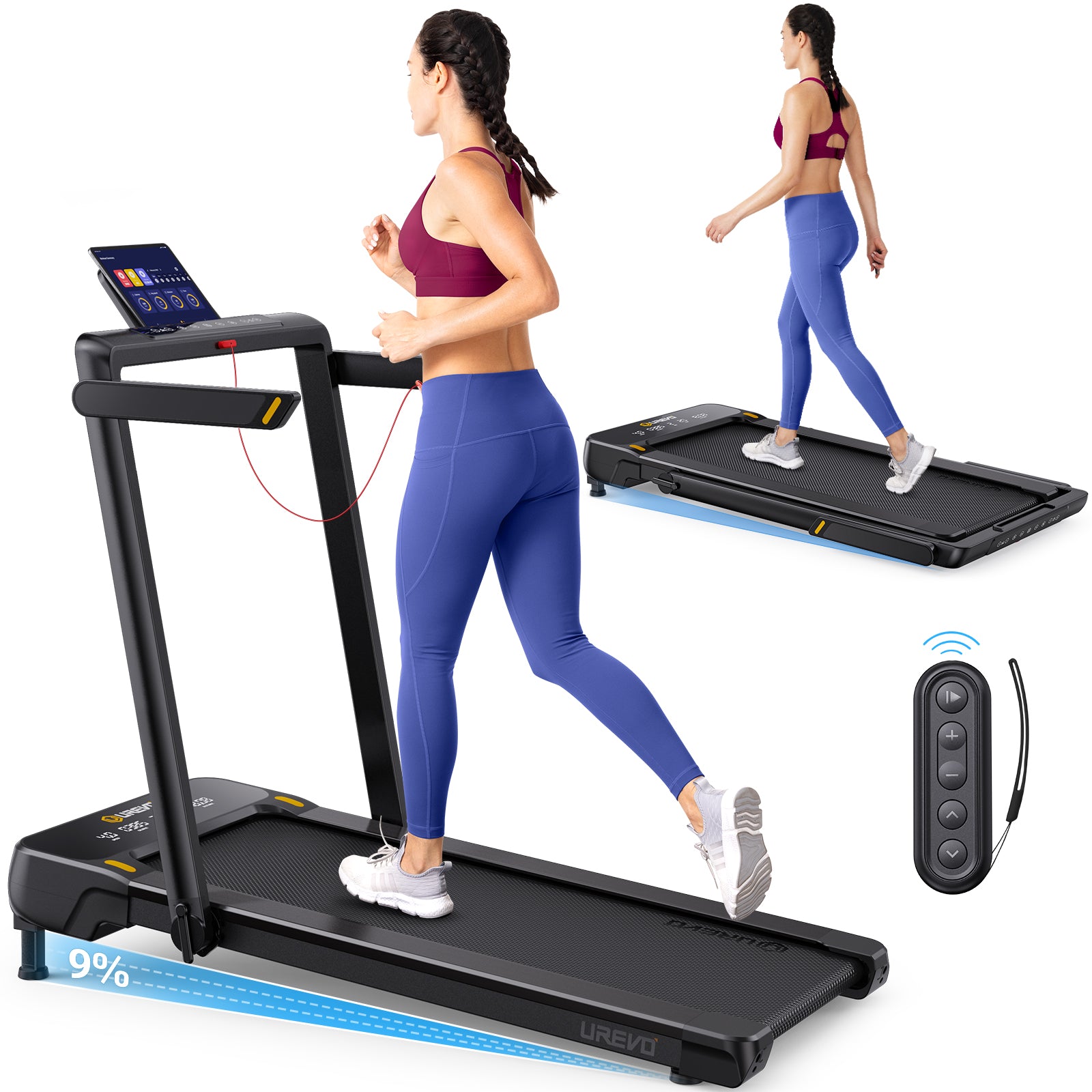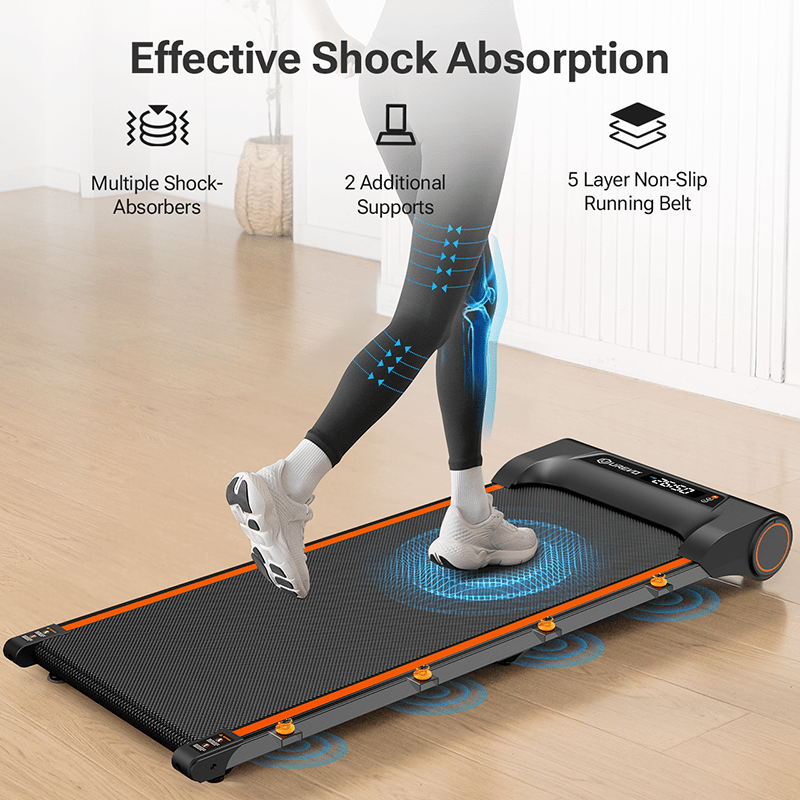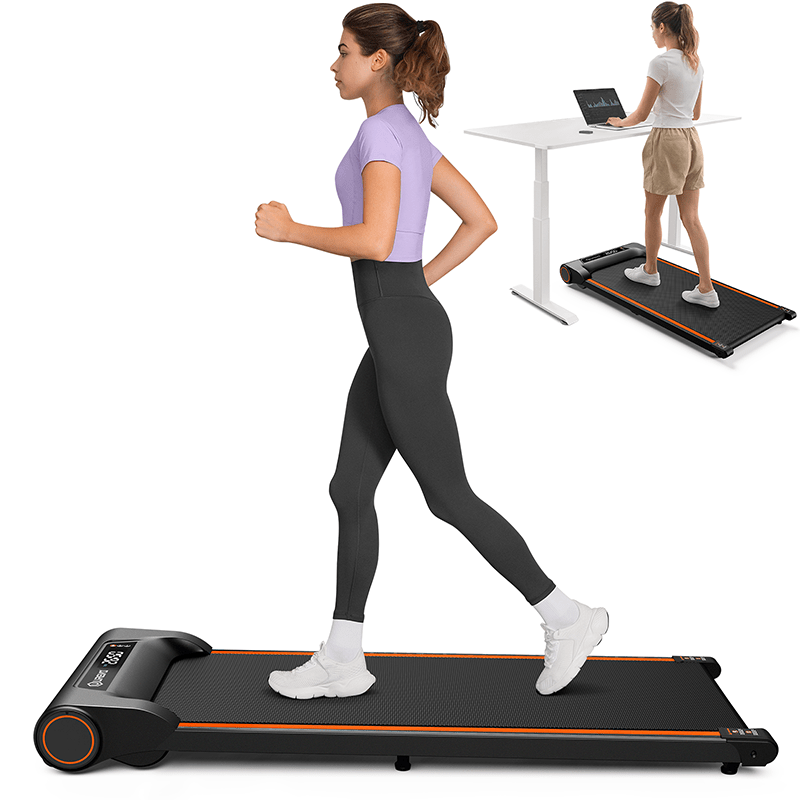Post-workout recovery is just as important as the workout itself. And, muscles need time to repair and rebuild after an intense exercise session. Many people use things like leg massagers and foam rollers to help. But, which one works better? So, we’ll look at the good and bad of each so you can decide which is best for your muscles.
Muscle Recovery
Proper recovery isn’t just about avoiding pain. It also plays a critical role in improving your performance and reducing the risk of injury. Consider the following points:
- Regular recovery practices help your muscles recover faster and become more efficient.
- Rest allows muscles to repair and grow, reducing the risk of overuse injuries.
- Recovery methods help restore flexibility, which is essential for movement efficiency.
- Giving your muscles time to recover results in more power and strength in future workouts.
- Proper recovery contributes to overall wellness, making your body more resilient to future stress.
Both leg massagers and foam rolling are excellent tools for speeding up the recovery process. Let’s dive into how each of these methods works and which might be more effective for your post-workout routine.
Leg Massagers
Types of Leg Massagers
| Type | Description | Key Benefits |
| Kneading Massagers | Use kneading motions to target muscle knots and tension. | Relieves muscle tension and stiffness. |
| Compression Massagers | Provide pressure through air bags to stimulate blood circulation and reduce swelling. | Improves circulation and reduces swelling. |
| Vibration Massagers | Emit vibration to promote blood flow and relax muscles. | Promotes relaxation and reduces muscle soreness. |
| Heat Therapy Massagers | Use heat to relieve muscle stiffness and promote relaxation. | Soothes and relaxes muscles, especially after a workout. |
| Air Compression Massagers | Inflatable air chambers apply gentle compression to the legs, improving circulation and relieving fatigue. | Helps with circulation and alleviates leg fatigue. |

Benefits of Using Leg Massagers
Leg massagers offer several advantages, especially for those who need targeted muscle recovery. Here are a few reasons why they might be the right fit for you:
- Air compression and vibration work together to release muscle tightness and stress.
- Helps in blood flow, which speeds up muscle repair and reduces soreness.
- A leg massager can be used anytime, anywhere. It’s a quick solution after a workout or a long day of standing or sitting.
- Most leg massagers have adjustable modes, intensity levels, and heat options, allowing you to personalize the recovery experience.
- The rhythmic massage mimics the effects of a professional therapist, helping you relax and unwind after intense physical activity.
Potential Drawbacks of Leg Massagers
Despite the many benefits, leg massagers aren’t without their potential drawbacks. Here are a few things to consider before investing in one:
- High-quality leg massagers can be expensive, especially those with advanced features like heat therapy or vibration.
- While portable, leg massagers are typically bulkier compared to foam rollers, making them harder to carry around.
- They may only target specific areas of the legs and might not provide comprehensive muscle relief for the whole body.
Foam Rolling
Foam rolling is a type of self-myofascial release (SMR), which involves applying pressure to tight muscle areas using a foam roller. The goal is to break down knots in the muscles, release built-up tension, and increase blood flow to the area. This technique is often recommended by physical therapists and personal trainers for its simplicity and effectiveness.
Benefits of Foam Rolling
Foam rolling has gained popularity as an effective, affordable, and easy way to reduce muscle soreness. Here are the key benefits:
- Helps improve range of motion by stretching muscles and fascia, which can increase your flexibility over time.
- Foam rolling can reduce the discomfort caused by DOMS, allowing for a faster recovery process.
- By applying pressure to tight muscles, foam rolling helps to boost blood flow, aiding in muscle repair.
- You can use foam rolling on various muscle groups, including the legs, back, and arms, making it a versatile recovery tool.
- Foam rollers are much more affordable compared to massagers, making it a budget-friendly option.
Potential Drawbacks of Foam Rolling
While foam rolling offers many benefits, it also has some limitations:
- Proper technique is crucial to avoid injury and maximize effectiveness. Incorrect use could aggravate muscle tightness.
- Foam rolling can be painful, especially for beginners or when targeting particularly tight muscles.
- It requires more time and effort compared to a leg massager, as you need to roll each muscle group individually.
Leg Massager vs. Foam Rolling
Both leg massagers and foam rolling serve similar purposes: muscle recovery, reduced soreness, and improved flexibility. But which one is right for you? Here's a quick comparison to help you decide:
- Leg massagers are generally more convenient. They provide a hands-free experience, allowing you to relax while they work. Foam rolling, on the other hand, requires more effort and attention.
- Foam rolling is more affordable, while leg massagers tend to be more expensive due to their advanced technology.
- Leg massagers often offer a deeper, more relaxing experience, especially with air compression and heat therapy. Foam rolling can be just as effective, though it may take more time and effort to achieve the same results.
- Foam rollers are lightweight and easy to carry, while leg massagers may be bulkier, especially if they come with multiple features like heat and vibration.
For a more active recovery, foam rolling remains an affordable and effective choice. But for a quick, convenient, and deeply relaxing recovery session, an air compression leg massager like the UREVO AI-Powered Wireless Relax Massager is fantastic:

| Feature | Description |
| AI-Powered Technology | Automatically detects muscle tension and customizes the massage settings for effective relief. |
| Air Compression | 2+2 airbag system mimics a professional deep kneading massage to improve circulation and muscle relaxation. |
| 3 Adjustable Modes | Choose from Relaxation, Recovery, or Rejuvenation to tailor your massage based on your needs. |
| 3 Intensity Levels | Select from three intensity levels to control the pressure of the massage, from gentle to deep tissue. |
| 3 Heat Settings | Adjustable heat options provide soothing warmth to muscles, enhancing relaxation and flexibility. |
| 360° Calf Wrap Design | Ergonomic design comfortably wraps around calves for effective relief, accentuating natural leg contours. |
| Vibration Mode | Additional vibration feature targets deeper muscle relief, complementing air compression. |
| Wireless & Rechargeable | Cordless design with rechargeable battery for portable, convenient use at home or on-the-go. |
| Smart App Integration | Tracks usage and provides personalized reports to enhance the effectiveness of each session. |
| Portable & Compact | Lightweight design fits easily into a travel bag for on-the-go use. |
| Adjustable Fit | Velcro design fits most leg sizes (up to 50 cm) for a customizable, comfortable experience. |
| 5-Step Timer Function | Timer feature allows you to set the perfect duration for each massage session. |
| Travel Lock | Includes a travel lock to prevent accidental activation during storage or transport. |
FAQs
Is a leg massager worth it?
If you want a personalized recovery experience with features like heat therapy and air compression, a leg massager can be a worthwhile investment. It saves time and can be used conveniently at home.
Can foam rolling completely eliminate muscle soreness?
Foam rolling can help alleviate muscle soreness, but it may not completely eliminate it, especially after intense workouts. Consistency and proper technique are key to effective results.
How often should I use a leg massager or foam roller?
Both tools can be used 2-3 times per week for recovery. You can use them more often if needed, but be mindful not to overdo it and strain your muscles.
Are there any risks associated with using leg massagers or foam rollers?
Using either tool improperly or too aggressively could cause bruising or strain. Always start gently and gradually increase pressure or intensity.
Can I use a leg massager or foam roller if I have an injury?
If you have an injury, consult a healthcare professional before using a leg massager or foam roller. They can help guide you on whether these tools are suitable for your specific condition.
Final Words
Choosing a leg massager or foam roller depends on what you need, your money, and your time. Both can help with soreness and make muscles work better, so try them and see what you like. You can pick the leg massager or the simple foam roller, but the main thing is to do it often and make recovery important.


























